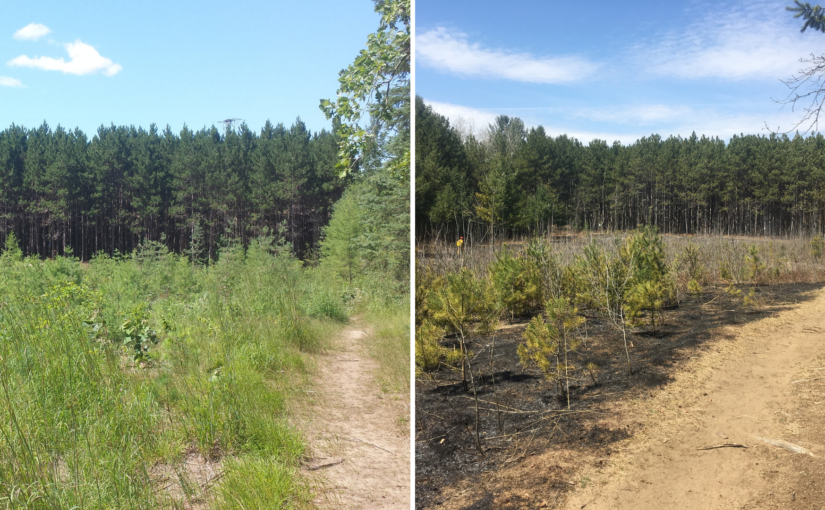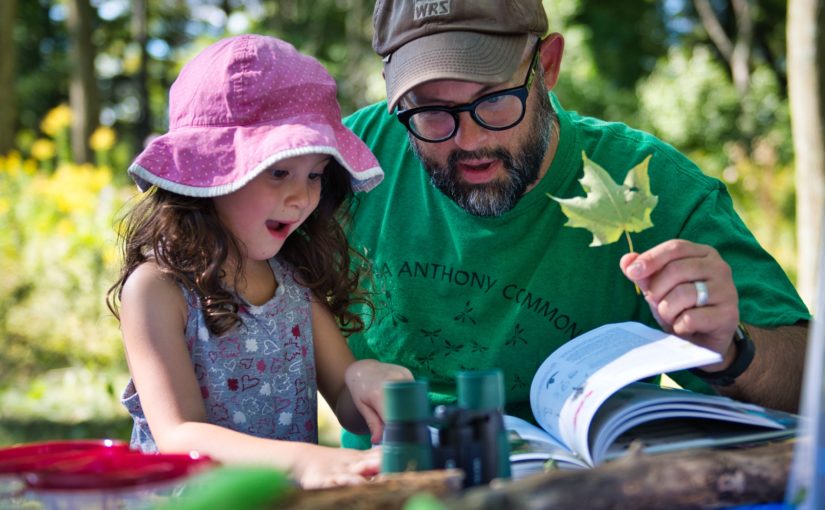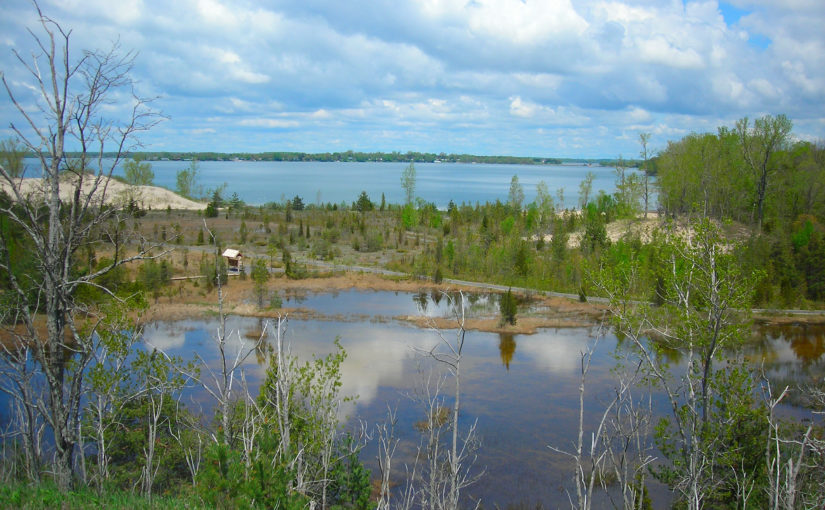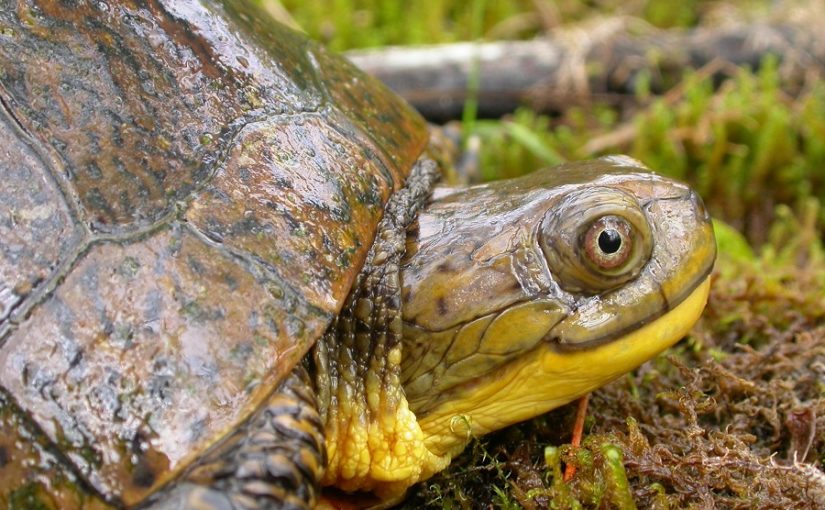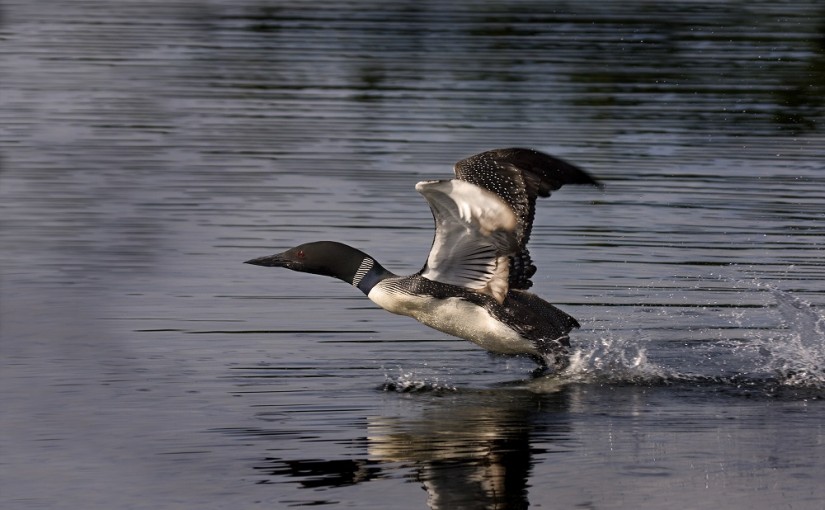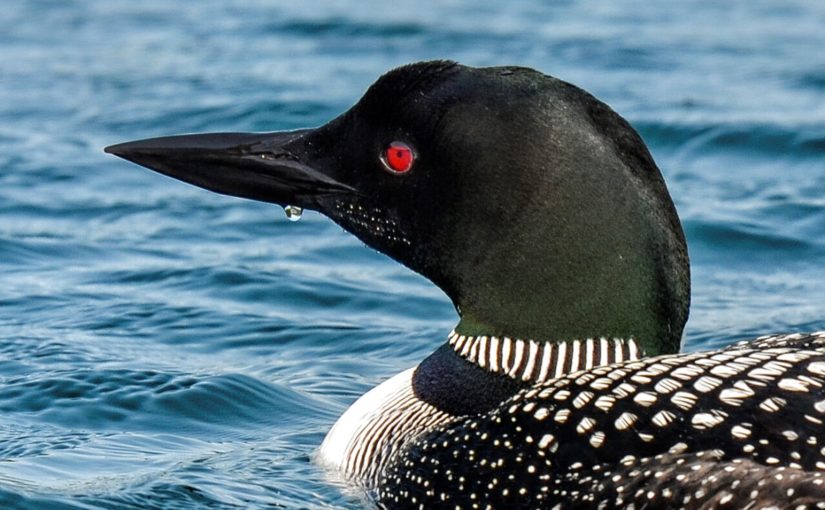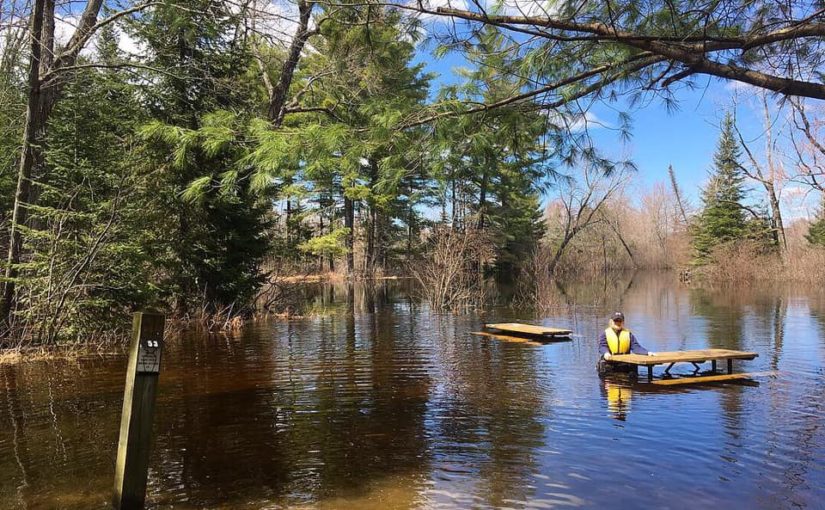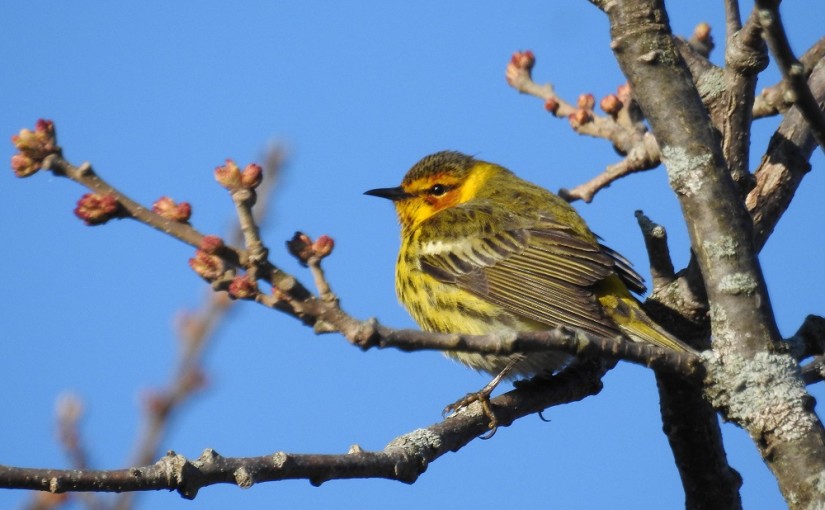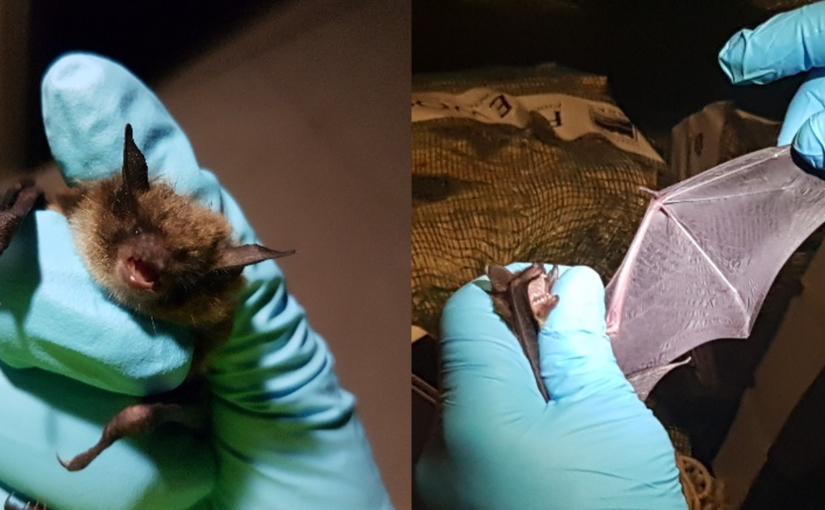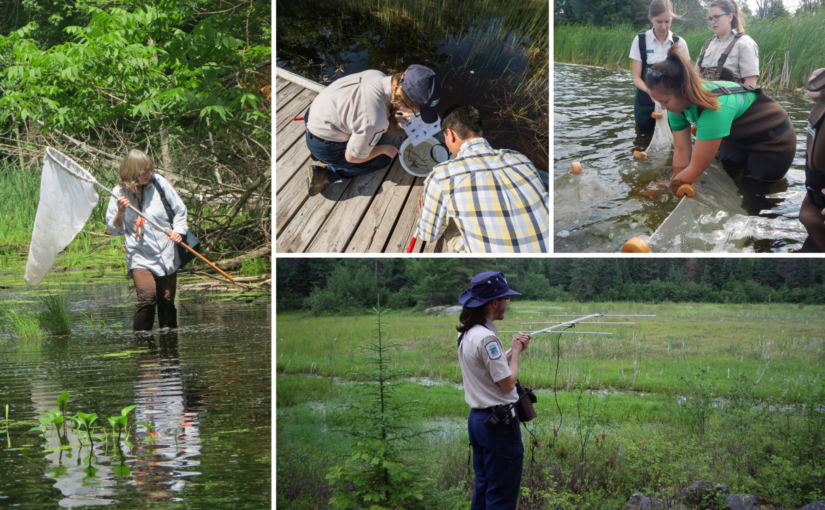Our “Forever protected” series shares why each and every park belongs in Ontario Parks. In today’s post, Zone Ecologist Corina Brdar tells us Holland Landing Prairie’s story.
“The mosquitoes have been exceedingly troublesome these two days past. It is almost impossible to sleep during the night, for they are quite as plentiful and every way as michievous [SIC] as during the day.”
Sounds familiar, huh?
This isn’t a comment from a frustrated camper – it’s a 200 year old journal entry by a Scottish explorer visiting what is now known as Holland Landing Prairie Nature Reserve.
Continue reading Forever protected: why Holland Landing Prairie belongs
